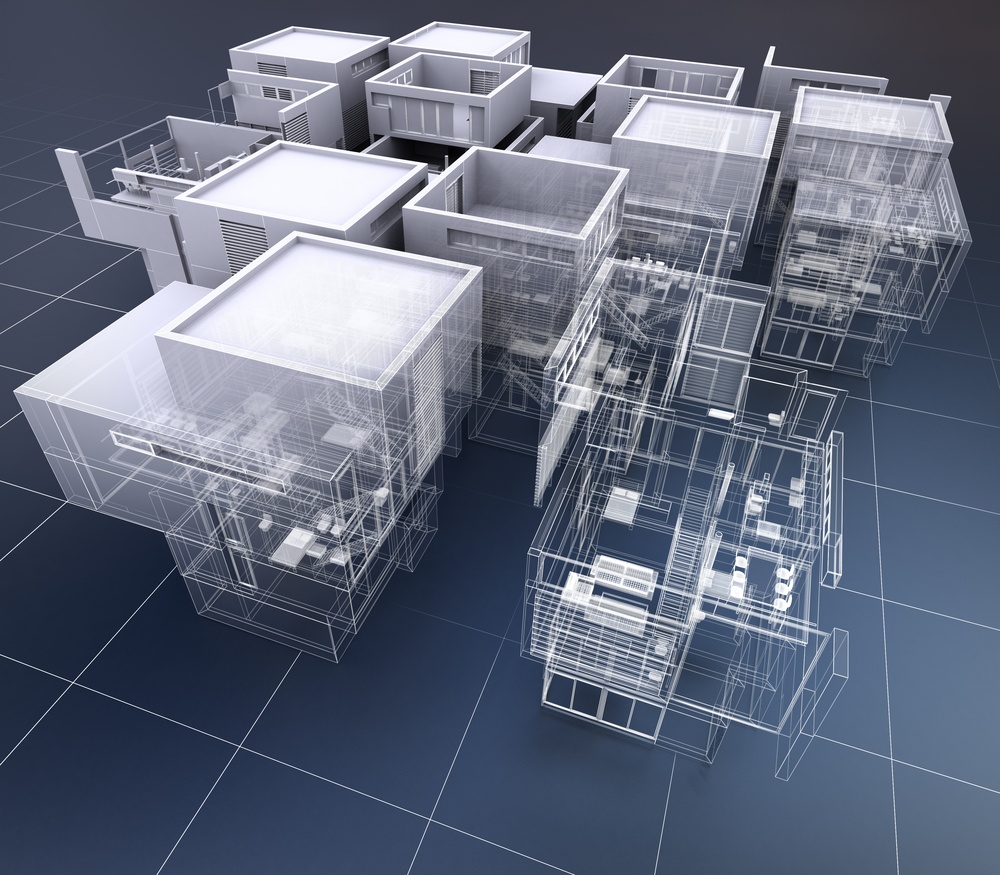How MEP Integration Makes Engineering Projects Faster and Less Expensive

Many engineering tools are like investments, requiring additional resources upfront in order to achieve greater benefits later. MEP integration is an example of this, since it streamlines project delivery by introducing a sophisticated design and planning tool early in the process.
Material cost savings are always welcome in an engineering project, and time savings translate into additional cost savings, reducing the number of man-hours required to complete the project. It is also important to note that most contracts introduce a penalty clause for late delivery, which may also include a bonus for early completion. This provides even more reasons to complete a project on time or earlier. This article will provide an overview of how MEP integration reduces project costs and delivery times.
1) Simplified Engineering Design
Although there is a learning curve when a MEP integration tool is first introduced, engineering design teams can work much more effectively once they have become familiarized with it. One of the main advantages of MEP integration is eliminating many repetitive and time-consuming tasks that characterize the conventional engineering design process:
- Managing design changes: The conventional design approach is very repetitive. Structural, mechanical, electrical and plumbing systems are designed based on architectural plans, but this also means that architectural changes force every design team to adjust their blueprints and specifications. MEP integration software can immediately identify all design conflicts each time there is a change, allowing a targeted approach. Perhaps even more importantly, MEP software detects conflicts before construction, where fixing them is much more expensive - editing a project model is far simpler and cheaper that modifying an actual building or one of its systems.
- Managing file versions: Any design engineer who started working before MEP modeling software was available can tell how difficult it is to manage file versions, especially when multiple teams are involved. Modern MEP modeling software allows the whole project staff to work on the same model, where changes in one building system are immediately visible for all other design teams, and conflicts are signaled right away.
For example, with conventional 2D drawing software there is a high chance that different teams will specify overlapping locations for components belonging to different building systems. These errors can be hard to detect in building areas with plenty of equipment, especially when two pieces of equipment are located in the same place but at different height. 3D MEP design software makes it impossible to specify overlapping equipment.
2) Faster and More Accurate Budgeting
After project design has been completed, the next step is materials takeoff, where the goal is generating the list of materials required to complete the project, as well as the required amount of each input. Under the traditional approach, materials takeoff is conducted manually and is based on 2D drawings, which requires plenty of assumptions and leaves ample space for error. This is no longer the case with 3D MEP software, where the process is automated and engineering teams must only validate the output data.
Just like there can be design errors in a project, there can be materials takeoff errors, even if the design was correct and according to NYC Construction Codes. MEP design software minimizes the chance of error in both steps of the process.
Modern MEP software allows physical properties to be assigned to building system components, which means they are realistic models rather than geometric representations. Based on geometry and properties, MEP software can create bills of materials.
3) Improved Progress Tracking
Conventional 2D drawing software is useful mostly for linework, and cannot simulate the construction process on a project model. On the other hand, with 3D MEP software it is possible to simulate the construction process on the model as it occurs on site. This achieves greater control over the amount of materials used, helping prevent cost overruns and waste. MEP software can also generate snapshots of the construction process to be delivered along with progress reports, giving the client a physical representation of the project that may only be evident from the air when the actual site is visited.
4) Easier Building Operation and Maintenance
Conventional 2D plans can be a hindrance once a building starts operations. Slight modifications to building system may not have a drastic impact, but when many of them occur over time the actual building systems may end up being very different from the as-built plans. On the other hand, a 3D MEP model can be upgraded seamlessly as the building is modified, providing an up-to-date reference for any maintenance activities and building system modifications.
A detailed building model can also be very useful when a major renovation is carried out, providing visibility of building systems to a degree that is not possible with 2D plans. It is also important to note that many building system components are out of sight, embedded in walls or above dropped ceilings. Many buildings rely on the knowledge of key maintenance staff members, who know the installation in and out, but once they leave the company the knowledge may be lost.
Final Recommendations
Property owners and real estate developers can save plenty of time and capital through MEP integration in their construction projects. Since this requires project management skills, mastery over advanced design tools, and knowledge about NYC construction codes, working with a qualified MEP design firm is highly recommended. Although companies can also assemble and train their own MEP engineering team in-house, it can be very difficult when their core business is not related with engineering. Working with external consultants or engineering firms lets clients manage engineering costs per project, rather than turning them into a permanent monthly expense in their payroll.
An advanced MEP model of a building comes with a higher price than a conventional set of 2D drawings, but it is also much more useful for property management. Also, as previously mentioned, an extra investment in design in planning generally pays of with a faster and less expensive project, as well as reduced maintenance issues in the long run.
Nearby EngineersNew York Engineers has a MEP design track record of 1,000+ projects. Contact us via email (info@ny-engineers.com) or phone (786) 788-0295212-575-5300, and make sure your building systems meet codes.

Michael Tobias
Michael Tobias, the Founding Principal of NY Engineers, currently leads a team of 50+ MEP/FP engineers and has led over 1,000 projects in the US
Join 15,000+ Fellow Architects and Contractors
Get expert engineering tips straight to your inbox. Subscribe to the NY Engineers Blog below.


